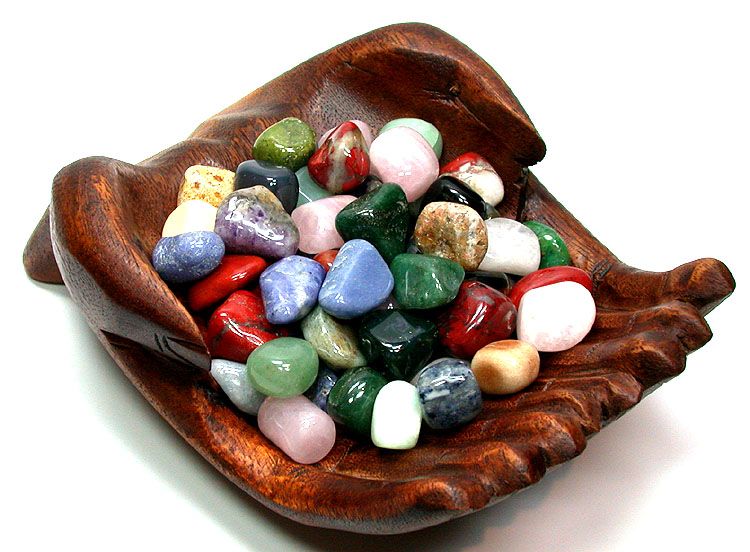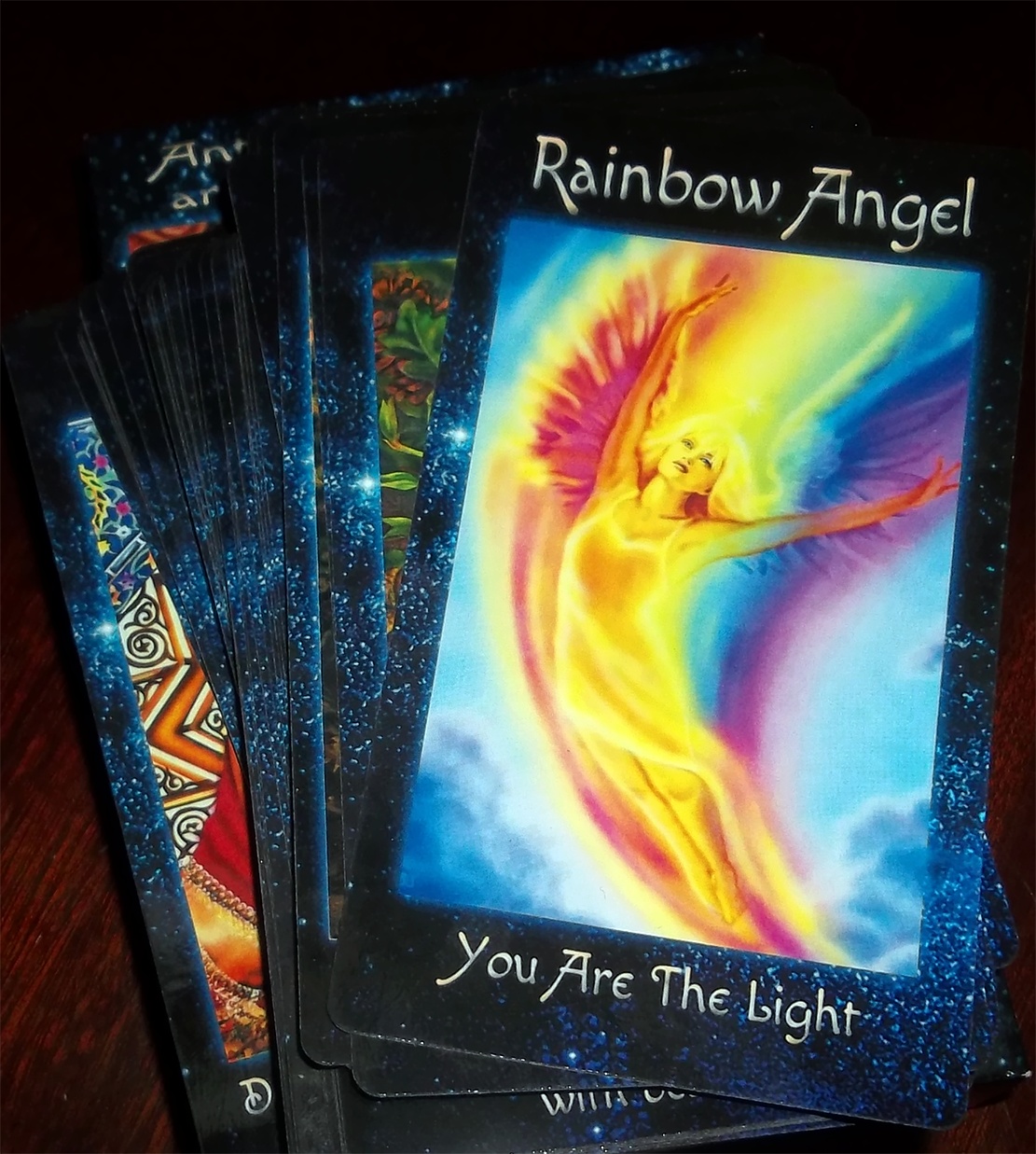How to Practice the Art of Detachment in 4 Steps
- Details
- Written by Elyane Youssef

Many people have started to realize the damage that excessive attachment can do.
Most of us understand that detachment plays an imperative role in building a healthy and harmonious relationship with ourselves and with others. However, words are easier said than done. We long for detachment, but we might struggle to find the proper way to practice it.
Oftentimes, we have an idea about how to detach, but we put it aside, as we fear becoming aloof or apathetic.
As I always clarify, detachment is not about withdrawing. It simply means seeing things from a different perspective, while remaining fully involved. It’s about releasing our need for the object of attachment. We still give it our all, but without being entangled in fear and anxiety.
Consequently, detachment means more involvement, but without being attached to the outcome. It’s like stepping outside of who we are and seeing things objectively without the ego’s immersion.
That said, there are four essential notions we can practice in order to internally detach, yet remain engaged. With patience and willingness, we can break our attachment to whatever is keeping us trapped—be it a person, an object, an idea, or a situation.
1. Examine the reasons of your attachment.
We frequently fail to detect the beginning of attachment. This is why it might be challenging to examine the reasons of our attachment, since we’ve overlooked its starting point. That said, if we observe our object of attachment and observe our minds, we can discern the roots of clinging.
What is it about our object of attachment that makes it desirable? If we’re attached to a person, what is this person giving us that’s making them unique? What is it in them that makes us afraid to lose them? Or maybe, is there something missing within us? If we’re attached to a situation or an idea, why can’t we let go of it? Does it give us a certain identity that we fear to lose? Do we deem ourselves nothing without it?
Realizing the reasons of our neediness is the first step toward eradicating the bigger part of our attachment. It doesn’t happen overnight—it might take days or weeks. Nonetheless, once we do, we can begin to solve the problem.
2. Observe your suffering.
Strong attachment breeds suffering. We might not like to admit it or claim that our attachment doesn’t make us miserable, but it might be another trick of the ego, since the ego fears annihilation. However, we all wish deep inside to be liberated from our objects of attachments. So, step back and see yourself objectively. When we discern the suffering that stems from attachment, we solve the second part of the problem.
How do you become around your object of attachment? Do you become clingy or needy? Are you slowly developing fear of losing that person, object, or idea? Notice how your object of attachment keeps your mind busy, and observe the anxiety it breeds.
If you’re attached to a person, watch yourself—how you can’t sleep at night when they’re not around, or how you cling to them when you sense they’re becoming distant. If you’re attached to an idea, notice how you become defensive when someone opposes it.
3. Embrace impermanence.
Solving the greater part of attachment lies in understanding impermanence. When we become attached, we become terrified of change. Change is a normal aspect of life. People evolve, hence, situations alter. Observe nature, and you will understand the growth I’m talking about.
If we’re attached to someone, we’re basically attached to the image we have of them in our minds. When they change or evolve, we fight to maintain the image we have of them. We, ourselves, also change by the day; therefore, our ideas and beliefs might change as well. Oftentimes, we become attached to particular dogmas, and we refuse to let them go—even when we feel they no longer serve us.
Embracing impermanence helps us break our attachment to known notions. When we understand that all is bound to dissipate (including the people to whom we are attached), we automatically detach. Instead of pressuring them or forcing them to not change, we appreciate their presence and who they are, and we avoid to take them for granted.
4. Focus on yourself.
When we are attached, our thoughts and emotions focus solely on the object of our attachment. We give away our power to them. We behold them as something that we need, in order to strive or to become happy.
If we wish to make a healthy detachment, we should shift our focus from the object of attachment to ourselves. We can engage in activities and do things that strengthen the relationship with ourselves.
When we become our own greatest friend, the relationship we have with others and the universe flourishes. Instead of expecting people to fill our missing voids, we fill them ourselves and then share our completeness with them. We stop needing them, and we start choosing to want them.
Author: Elyane Youssef
Source
Liked this article? Dive deeper into personal growth and wellness! Check out CrystalWind.ca for spiritual wisdom or explore AromaWorx.ca for natural well-being tips. Spread the positivity—share this with friends on their happiness journey!
Let’s Chat! Drop Your Thoughts Below! ![]()
Latest Articles
Dive into the Mystical World of the Crystal Wind Oracle Deck!
Get All the Enchanting Details Now!
NEW Expanded Boxed Edition!
Now with 58 Cards for Richer Wisdom!
Imagine a world of inspiration and healing, free for all—made possible by YOU!
Donate Now—Ignite the Magic at CrystalWind.ca!

Epilepsy - Finding A Cure
Your donation can make a difference!
Help us find a cure – donate now!
Unlock Your Light: Join Lightworkers Worldwide on CrystalWind.ca!
Follow Us!
Featured This Month
Lammas by The Hedgewitch
Although in the heat of a Mid-western summer it might be difficult to discer... Read more
Cancer Mythology
The Mythology of Cancer: A Celestial Tale of Loyalty and Sacrifice Among th... Read more
Sun in Cancer
Cancer Sun Sign Characteristics Overview The name "Cancer" comes from Latin, ... Read more
Lugh - Celtic God Of The Sun
The god Lugh was worshiped in Ireland as a deity of the sun. This connection... Read more
Chalcedony
The Stone Of Orators Chalcedony was very popular as a decorative stone in ant... Read more
Egyptian Zodiac/Astrology
Egyptian astrology was one of the earliest forms of astrology. The Egyptians w... Read more
Abalone Shell
Echos Of The Ancestors Abalone strengthens the structure of the body and th... Read more































































































































































